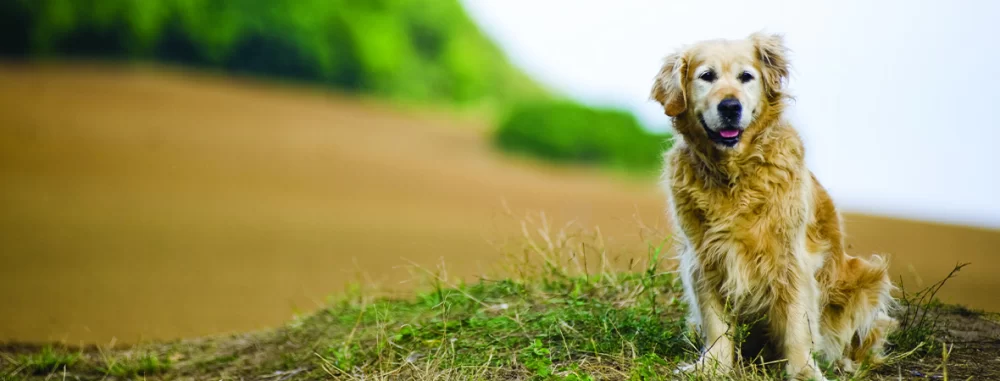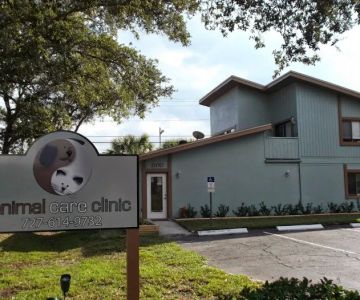- Understanding the Importance of Grooming for Senior Dogs
- Preparing to Groom a Senior Dog with Special Needs
- Step-by-Step Guide to Grooming Senior Dogs
- Common Challenges and How to Overcome Them
- Real-Life Experience and Expert Advice
- Finding the Right Products and Professional Help
1. Understanding the Importance of Grooming for Senior Dogs
Grooming a senior dog with special needs is more than just maintaining their appearance—it plays a vital role in their overall health and comfort. As dogs age, they often develop conditions such as arthritis, limited mobility, or sensitive skin that require extra care during grooming sessions. Proper grooming can help prevent skin infections, detect lumps or abnormalities early, and improve circulation.
For senior dogs, grooming is also a bonding experience that helps reduce anxiety and strengthens the trust between pet and owner. Understanding these benefits encourages a gentle and patient approach tailored to your dog’s unique needs.
Why Grooming Needs Change with Age
Older dogs tend to have thinner skin, slower healing processes, and may be less tolerant of long grooming sessions. Regular grooming adapted to these changes prevents discomfort and promotes well-being, making it essential to learn how to groom a senior dog with special needs thoughtfully.
2. Preparing to Groom a Senior Dog with Special Needs
Preparation is key to a successful grooming experience for senior dogs. Taking time to create a calm, safe environment reduces stress and prevents accidents.
Assessing Your Dog’s Health and Limitations
Before grooming, evaluate your dog’s physical condition. Are there areas with soreness, stiffness, or skin irritation? Understanding these limitations helps you avoid causing pain. If your dog has arthritis or mobility challenges, consider using supportive mats and cushions to keep them comfortable during grooming.
Gathering Gentle Grooming Tools
Choose grooming tools designed for sensitive skin, such as soft brushes and rounded nail clippers. Avoid harsh shampoos and opt for mild, hypoallergenic formulas that maintain skin moisture without irritation.
3. Step-by-Step Guide to Grooming Senior Dogs
Taking a slow and gentle approach makes grooming less stressful for your senior dog. Here is a detailed routine to follow:
Step 1: Brushing and Detangling
Use a soft-bristled brush to gently remove loose fur and mats. Pay special attention to areas prone to tangling, such as behind the ears and under the legs. If mats are severe, carefully trim them or seek professional help to avoid hurting your dog.
Step 2: Bathing
Use lukewarm water and a mild shampoo formulated for older dogs. Keep bath time brief to prevent chilling, and thoroughly rinse to avoid residue. Dry your dog gently with a towel and a low-heat dryer if tolerated.
Step 3: Nail Care
Senior dogs often have thicker nails but may be less cooperative. Trim nails slowly in small increments to avoid cutting the quick, which can cause bleeding and pain. If your dog is nervous, provide breaks and praise throughout the process.
Step 4: Ear and Dental Care
Check ears for signs of infection or buildup and clean them with vet-approved solutions. Brush teeth regularly using dog-safe toothpaste to reduce plaque and maintain oral health.
4. Common Challenges and How to Overcome Them
Grooming senior dogs with special needs can be challenging but manageable with patience and understanding.
Handling Anxiety and Sensitivity
Older dogs may become anxious or sensitive during grooming. Use calming techniques such as soft speaking, gentle petting, and short sessions to ease their discomfort. Pheromone sprays can also create a soothing environment.
Managing Physical Limitations
If your dog struggles to stand or move, groom them in a comfortable, supported position. Consider grooming on a soft surface or using an elevated table with non-slip mats. If mobility is severely limited, a professional groomer or veterinarian may be necessary.
5. Real-Life Experience and Expert Advice
Emma, a devoted pet owner, shared how grooming her senior dog, Toby, who has arthritis, transformed their routine. Initially, Toby resisted grooming due to joint pain, but by using gentle massage, frequent breaks, and specialized grooming tools recommended by Hidden Brook Veterinary, Emma made grooming a positive experience. Toby became calmer and more comfortable, showing the power of adapting grooming techniques to a senior dog’s special needs.
Experts emphasize that understanding your dog’s behavior and health status is crucial. Regular veterinary checkups can guide grooming frequency and identify any emerging issues early.
6. Finding the Right Products and Professional Help
Choosing the right grooming products for a senior dog with special needs is essential. Hidden Brook Veterinary offers a range of gentle shampoos, brushes, and supplements designed to support aging dogs’ skin and coat health. Additionally, their team provides personalized advice and grooming services tailored to senior pets, ensuring safety and comfort throughout the grooming process.
If grooming at home becomes too difficult due to your dog’s condition, consulting professionals at Hidden Brook Veterinary can provide expert care and ease the burden for both you and your dog.












